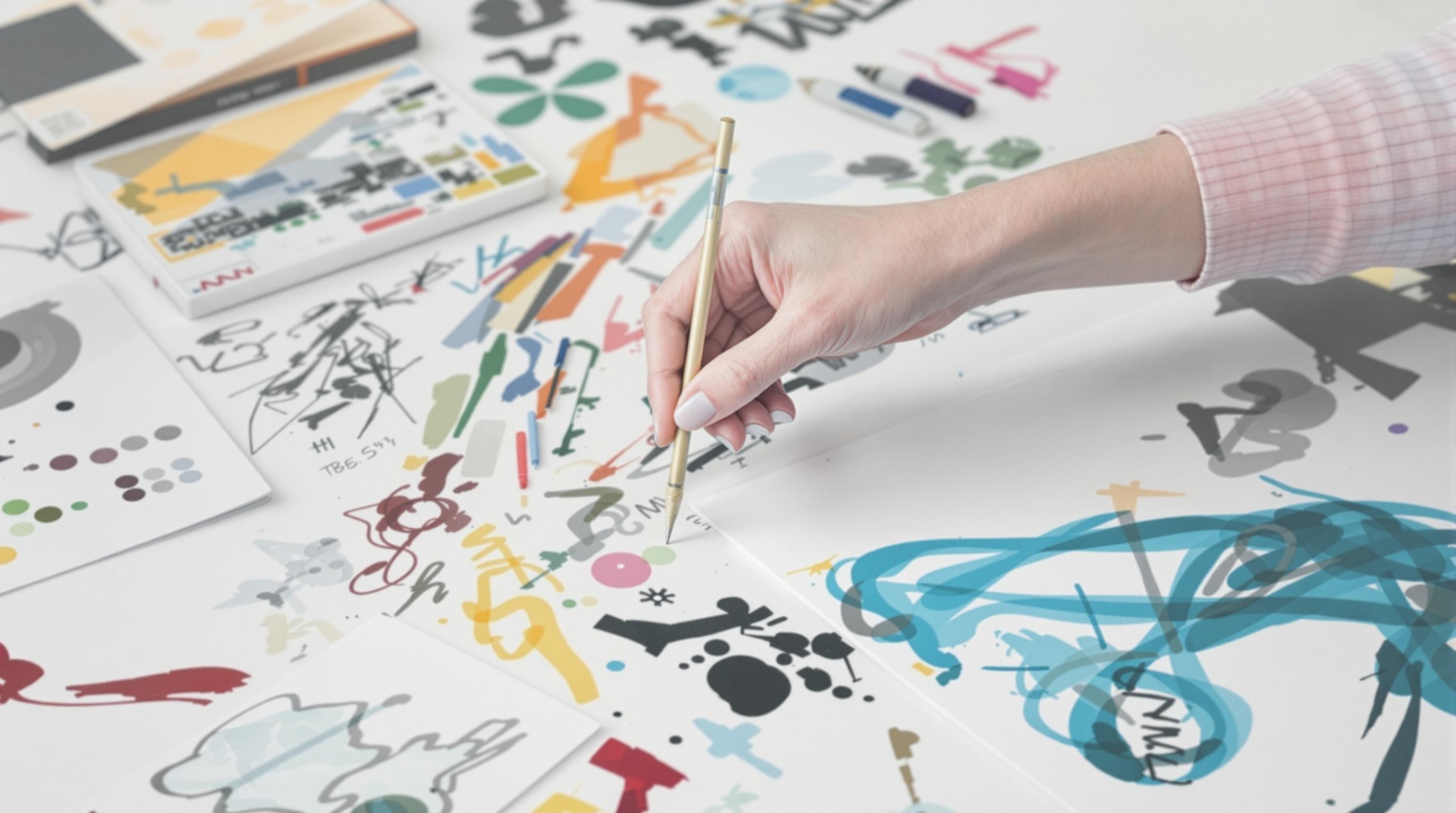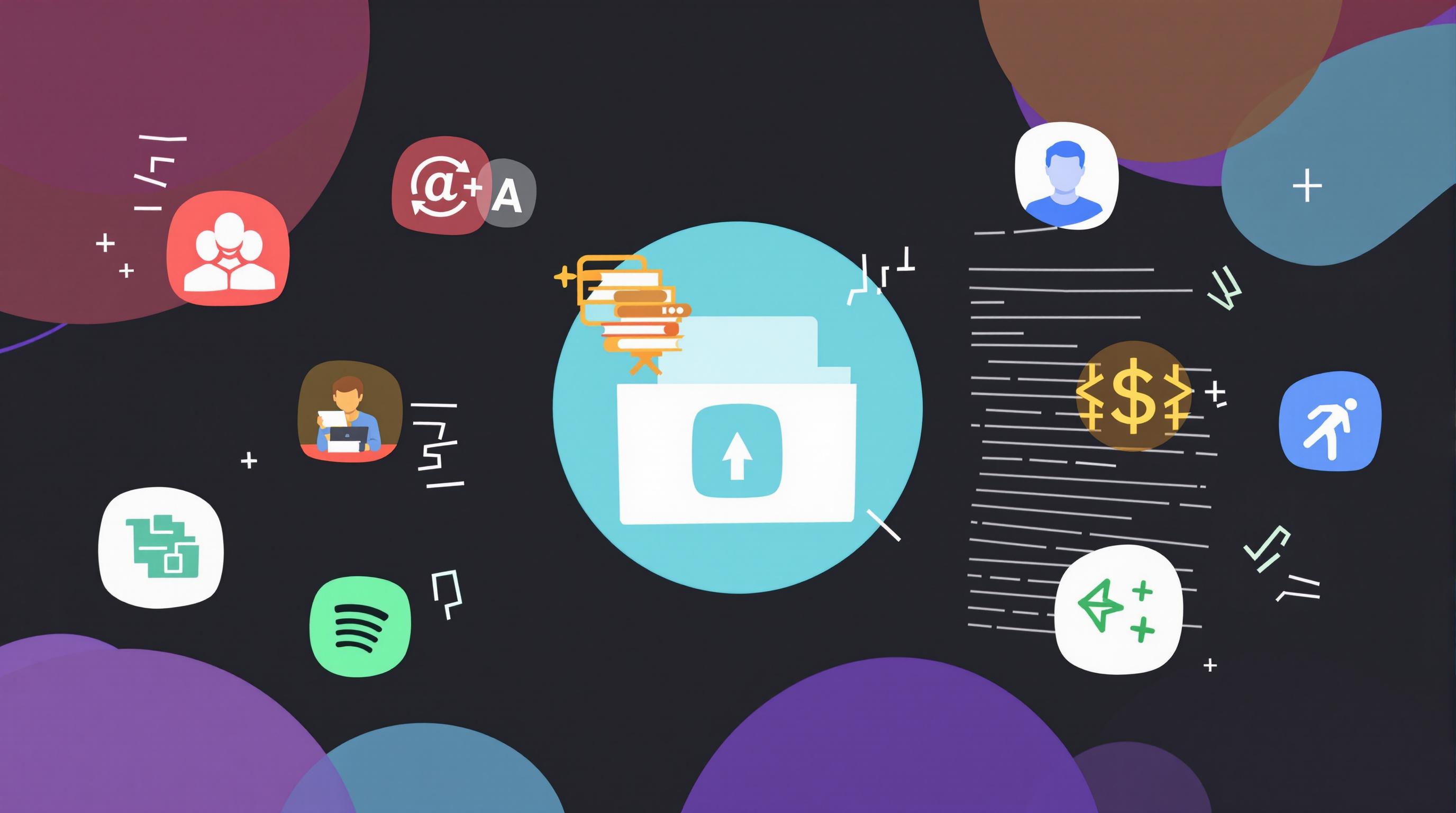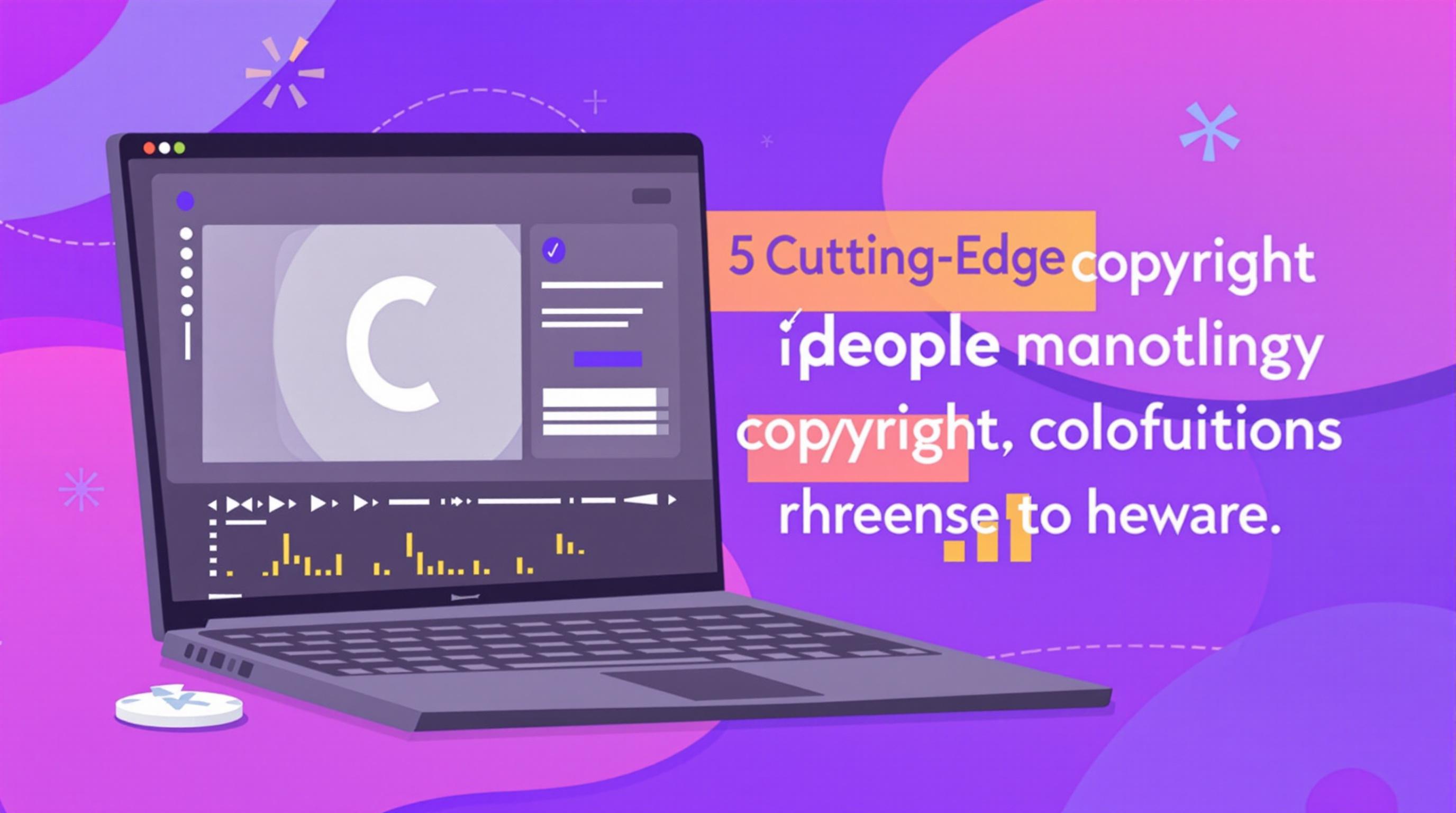Related Articles
- The Role of Cultural Norms and Social Pressure in Shaping Corporate Tax Behaviors Across Borders
- Top 6 Game-Changing HR Analytics Platforms Since 2019 Revolutionizing Employee Rights Enforcement
- The Unexpected Impact of Cultural Appropriation on Copyright Claims and Creative Ownership Debates
- Unveiling the Role of AI in Detecting Counterfeit Trademarks Before Official Approval
- The Quiet Impact of Cultural Nuances on Negotiation Dynamics in Global Business Agreements
- The Hidden Role of Psychometric Profiling in Choosing Co-Founders for Startup Success
Top 6 Emerging AI Copyright Detection Tools Released Since 2019 and How They Stack Up
Top 6 Emerging AI Copyright Detection Tools Released Since 2019 and How They Stack Up
Since 2019, the race to develop AI copyright detection tools has intensified, bringing innovative solutions to the fore. This article explores six leading tools that have emerged, analyzing their features, effectiveness, and real-world impact.
The Art and Science of Copyright Detection: How AI is Changing the Game
Imagine you’re a 45-year-old graphic designer navigating the treacherous waters of online content sharing — every day, you worry about your artwork being copied or misattributed. The dawn of AI copyright detection tools aims to set new boundaries, offering peace of mind and legal reassurance. Since 2019, numerous startups and established tech giants have unveiled systems designed to spot unauthorized use of copyrighted material quickly and accurately.
1. CopyLeaks AI (Released: 2019)
CopyLeaks burst onto the scene with a versatile platform focusing on plagiarism and copyright infringement detection across text, code, and even images. Its AI algorithms can detect paraphrased content, going beyond simple textual matches.
In a recent case study, CopyLeaks helped an academic publisher identify multiple instances of plagiarized chapters before publication, maintaining the integrity of their journal. CopyLeaks boasts a detection accuracy rate over 95% when comparing paraphrased content, according to a 2022 user report. Its API integration capabilities also make it a favorite among educational institutions globally.
How CopyLeaks Stands Out
- Supports multi-format detection (text, code, images)
- High precision in identifying paraphrased content
- Robust API for seamless integration
2. ContentDNA (Released: 2020)
ContentDNA focuses on both overt plagiarism and subtle copyright infringements in multimedia content, such as images and videos. This tool employs deep learning networks trained on millions of copyrighted assets, enabling it to match content even when heavily modified.
Consider the case where a film studio used ContentDNA to reveal that a viral meme video plagiarized scenes from their upcoming release – before the official launch. This early warning allowed them to issue takedown notices promptly and control their narrative.
3. Copytrack AI (Released: 2021)
If you’re a professional photographer or artist struggling with copyright enforcement, Copytrack AI might sound like a breath of fresh air. It automatically scans the web to find unauthorized uses of your images, offering automated claim filing directly to infringers.
One artist’s experience exemplifies this: after scanning millions of images, Copytrack successfully identified 200 unauthorized uses of her work, leading to settlements totaling over $30,000 in licensing fees and damages.
Why Copytrack is a Game Changer
- Automated infringement claims and resolution processes
- High-volume scanning suitable for professional creatives
- Global outreach detecting copies in over 190 countries
Frankly, The Data Is Mind-Boggling
Between 2019 and 2023, over 60 million pieces of digital content have been scanned using these tools collectively, marking a 40% year-on-year increase in copyright infringement detection rates. These staggering numbers reflect not only the scale of unauthorized copying but the growing trust users place in AI-powered solutions.
4. PlagScan AI (Released: 2022)
PlagScan AI upgrades traditional plagiarism checkers by incorporating neural language models capable of detecting subtle similarities and stylistic copying in academic papers and creative writing. Its user-friendly dashboards allow institutions to review flagged content and collaborate on investigations.
A university in Canada reported a 30% decrease in submission plagiarism after integrating PlagScan AI, with students citing the tool as a deterrent against academic dishonesty.
5. Originality.AI (Released: 2020)
Targeted primarily at content creators and SEO professionals, Originality.AI evaluates both the authenticity and quality of text to flag AI-generated and plagiarized content. This dual-check approach addresses a growing challenge where AI tools produce synthetic but derivative texts.
The tool has gained over 5,000 users in its first two years, especially popular among freelance writers and bloggers who want to ensure their work remains unique and compliant.
Key Features of Originality.AI
- AI authorship detection alongside traditional plagiarism checks
- SEO optimization suggestions built-in
- Comprehensive reports highlighting content originality
Looking Ahead: Challenges and Opportunities
While these AI tools represent leaps forward in copyright protection, ongoing challenges include false positives, evolving content modification techniques by infringers, and legal complexities surrounding AI-generated works themselves.
However, ongoing collaboration between AI researchers, legal experts, and content creators promises new algorithms that can differentiate creativity from infringement with even higher finesse.
6. Plagiari.ai (Released: 2023)
The newest entrant, Plagiari.ai, leverages transformer-based AI models capable of multilingual content detection, adapting well to the globalized nature of copyright infringement. Its launch was accompanied by a pilot program partnering with European publishing houses.
Early results are promising: Plagiari.ai achieved a true positive detection rate of 92% in initial testing phases and reduced review times by half for editors at participating magazines.
Why Plagiari.ai Might Be the Future
- Multilingual and cross-format detection
- Real-time monitoring and alerts
- Intuitive interface designed for editorial teams
A Word of Caution: Not All That Glitters is Gold
It’s easy to get swept up by the sleek claims and AI hype, but remember, no tool is perfect. Copyright detection is an ongoing battle that requires human judgment to confirm infringements and navigate nuances.
A balanced approach combines AI’s speed with human expertise, ensuring enforcement actions are fair and legally sound.
Final Thoughts
For content creators, publishers, and legal agencies, the emergence of AI-powered copyright detection tools since 2019 offers a powerful arsenal in the fight against intellectual property theft. Whether it’s CopyLeaks’ paraphrase detection, Copytrack’s global image monitoring, or Plagiari.ai’s multilingual prowess, the options continue to grow in sophistication and reach.
As these tools evolve, the next frontier will be managing AI-generated content’s legitimacy, setting the stage for a new era where creativity and technology intersect in complex but exciting ways.





